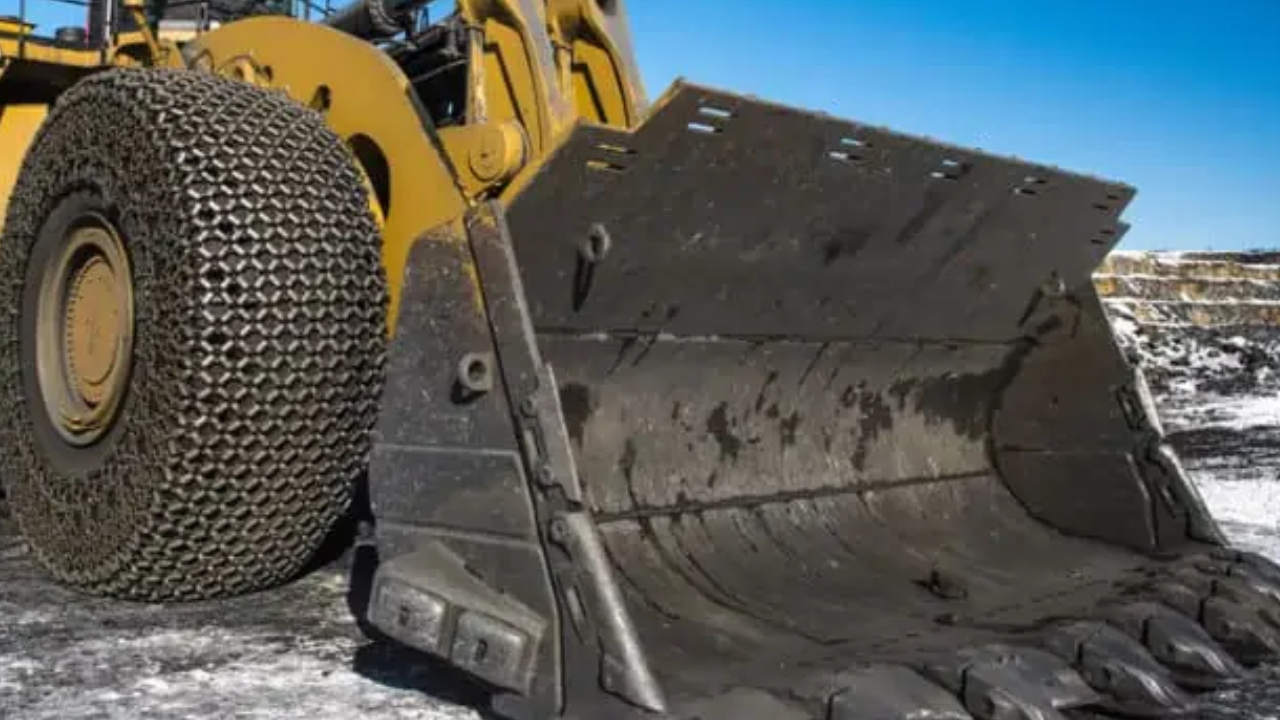Tub grinder parts are a significant part of tub grinders, machines utilized for destroying and crushing different substances like timber, green waste, and horticultural buildup. These components comprise hammers, teeth, anvils, and rotor assemblies. Produced using enduring materials like high-grade carbide, these parts go through thorough mileage over time.
To ensure the longest possible lifespan and optimal performance, tub grinders must have regular inspections and part replacements for any worn or broken components. To maintain optimal overall performance, it is critical to monitor the circumstances of tub grinder parts often. Recognizing the signs indicating the need for replacement can save you expensive downtime, reduce maintenance costs, and extend the lifespan of the gadget.
Symptoms for Tub Grinder Parts Replacement
See the details below:
Decreased Grinding Performance
One of the primary signs that tub grinder elements need replacement is an important decline in overall grinding performance. If the grinder struggles to method materials correctly or produces inconsistent particle sizes regardless of the right operation, it is a sign of worn or broken components. Reduced grinding performance can result in reduced productivity and increased energy consumption.
Increased Vibrations or Noise Levels
Uncommon vibrations or excessive noise in the course of grinder operation often suggest underlying issues with tub grinder elements. Worn or imbalanced additives, along with hammers, teeth, or bearings, can cause vibrations that affect the system's stability and performance. Ignoring those caution signs and symptoms can bring about similar damage to the grinder and surrounding system.
Uneven Wear Patterns
Examining the damage patterns on tub grinder elements can provide precious insights into their condition and capability. Choppy wear, consisting of localized areas of immoderate wear or premature dulling, may additionally suggest misalignment, improper setup, or the presence of abrasive contaminants inside the material being processed. Addressing these issues right away can save you further harm and optimize component sturdiness.
Excessive Material Buildup
Accumulation of material residue or buildup on tub grinder elements, together with screens, rotors, and hammer mill surfaces, can impede performance and increase the hazard of aspect failure. Immoderate buildup frequently shows inefficient grinding, insufficient material processing, or insufficient airflow within the grinder chamber. Regular cleaning and upkeep can help mitigate fabric buildup and lengthen its existence.
Visible Damage or Wear
Visible inspection of tub grinder elements is essential for identifying visible symptoms of harm, wear, or fatigue. Common indicators of part deterioration consist of chipped, cracked, or damaged teeth; bent or misaligned hammers; and worn or eroded surfaces. Additionally, examining wear components for symptoms of corrosion, pitting, or deformation can help assess their universal condition and overall performance.
Reduced Throughput or Capacity
A lower processing throughput or ability in comparison to the grinder's rated specs may also suggest underlying problems with tub grinder parts. Elements, together with worn or dull teeth, damaged displays, or compromised rotor integrity, can impede material flow and reduce normal productiveness. Tracking throughput degrees and addressing any deviations promptly can help maintain the greatest overall performance.
Increased Power Consumption
A significant boom in strength intake or power usage during grinder operation may additionally signal inefficiencies or mechanical issues within the machine. Worn or broken tub grinder elements require extra power to atone for reduced overall performance, resulting in better electricity charges and decreased operational efficiency. Tracking power consumption traits can help discover ability-element disasters or protection wishes.
Elevated Operating Temperatures
Immoderate warmness technology or extended working temperatures inside the grinder's pressure machine, bearings, or hydraulic components can imply friction, immoderate load, or mechanical stress on tub grinder parts. Overheating can boost wear, reduce lubrication effectiveness, and compromise aspect integrity, leading to premature failure. Tracking temperature stages and addressing any abnormalities promptly can prevent catastrophic system damage.
Conclusion
Recognizing the signs indicating the need for tub grinder component replacement is crucial for maintaining the finest performance, productivity, and device durability. By frequently inspecting tub grinder additives for signs of damage, harm, or deterioration, operators can pick out ability troubles early and take proactive measures to cope with them. Enforcing a complete preservation application that consists of recurring inspection, cleansing, lubrication, and timely element substitution is prime to maximizing the performance and reliability of tub grinding operations.


